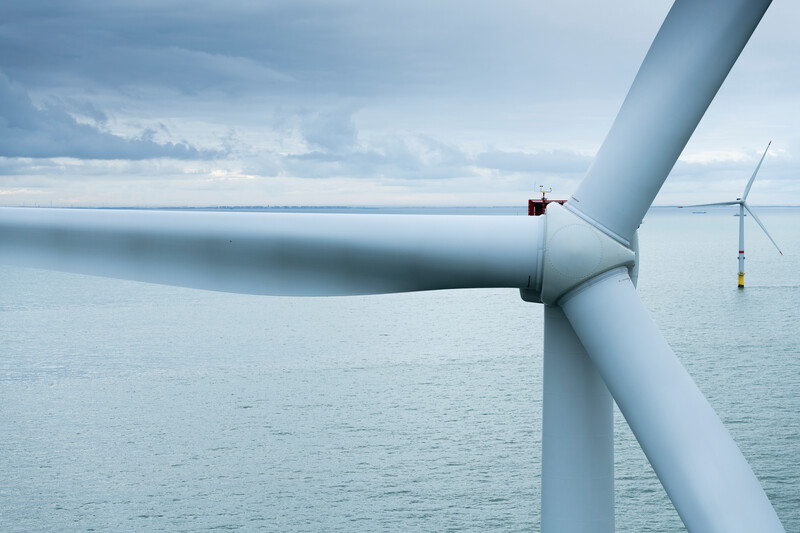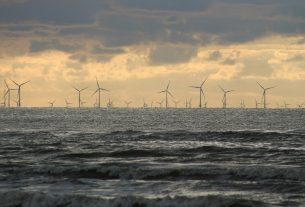United States – Vestas has been providing a blade recycling partnership solution to several wind farm operators in the United States.
Vestas is currently providing this service in the United States and is willing to expand into other regions where local recycling infrastructure is strong and customer demand can be established.
The first large-scale project, which saw Vestas service teams decommission and recycle ten turbine blades, was completed successfully in September. Several projects are currently under construction across multiple sites, including the 151 MW Blue Canyon 2 repowering project and the 63 MW Snyder Wind project with Enel Green Power. The operators of both projects made it a point to recycle the decommissioned blades. At the moment, all ongoing recycling projects in the United States have totaled 285 turbine blades, including nacelle covers and hub covers.
Vestas teams scope an optimal recycling project plan as part of the solution to align with locally available solutions and customer needs. After that, the recyclable glass fiber material is removed from the turbine and cut into transportable units. The material is then transported to vetted recycling partners, where it is recycled using a glass fiber method that aligns with the customer’s sustainability goals. Cement co-processing, gasification, the formation of new composite materials, and the reclamation of glass fiber and carbon fibers are all examples of recycling methods.
Vestas is currently involved in the DecomBlades project, a cross-sector initiative aimed at increasing the adoption of recycling practices through the development of commercialization pathways. Vestas is working to support the adoption of a circular economy across the renewables industry as global installed capacity of renewables is expected to increase significantly over the next decade. Vestas is currently leading the CETEC project, which is a collaboration of academic and industry leaders aiming to commercialize a new circularity technology for turbine blades.
As the waste management market continues to evolve, Vestas is expanding its recycling solutions as part of its service offering. With 52 000 tons of blade waste predicted to exist in Europe by 2050 and more than two million tons predicted to exist in the United States by 2050, the need for scalable recycling pathways is growing. [1] In Europe, the wind industry has called for a ban on landfill disposal of turbine blades by 2025, and waste management and circularity regulations are tightening in some markets.



